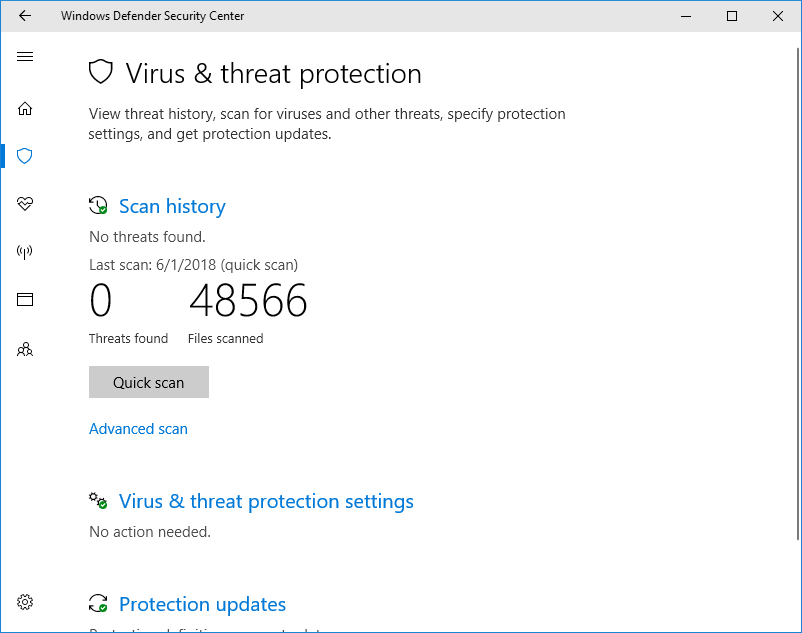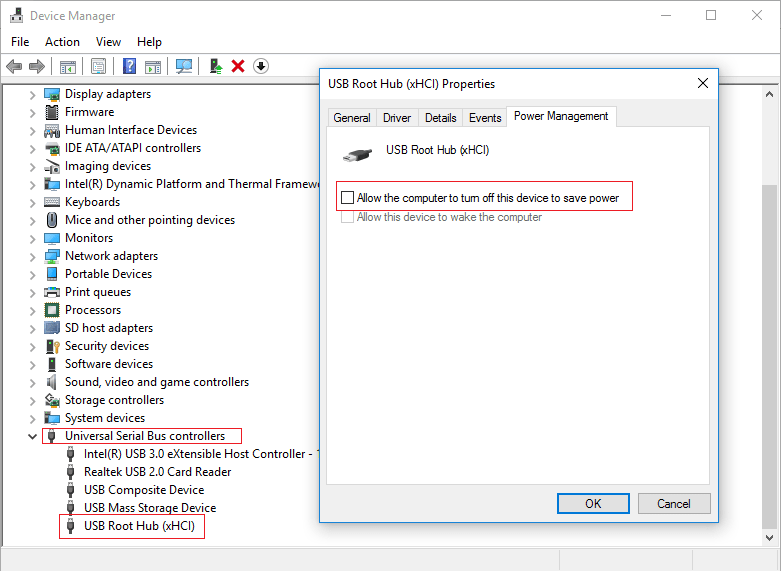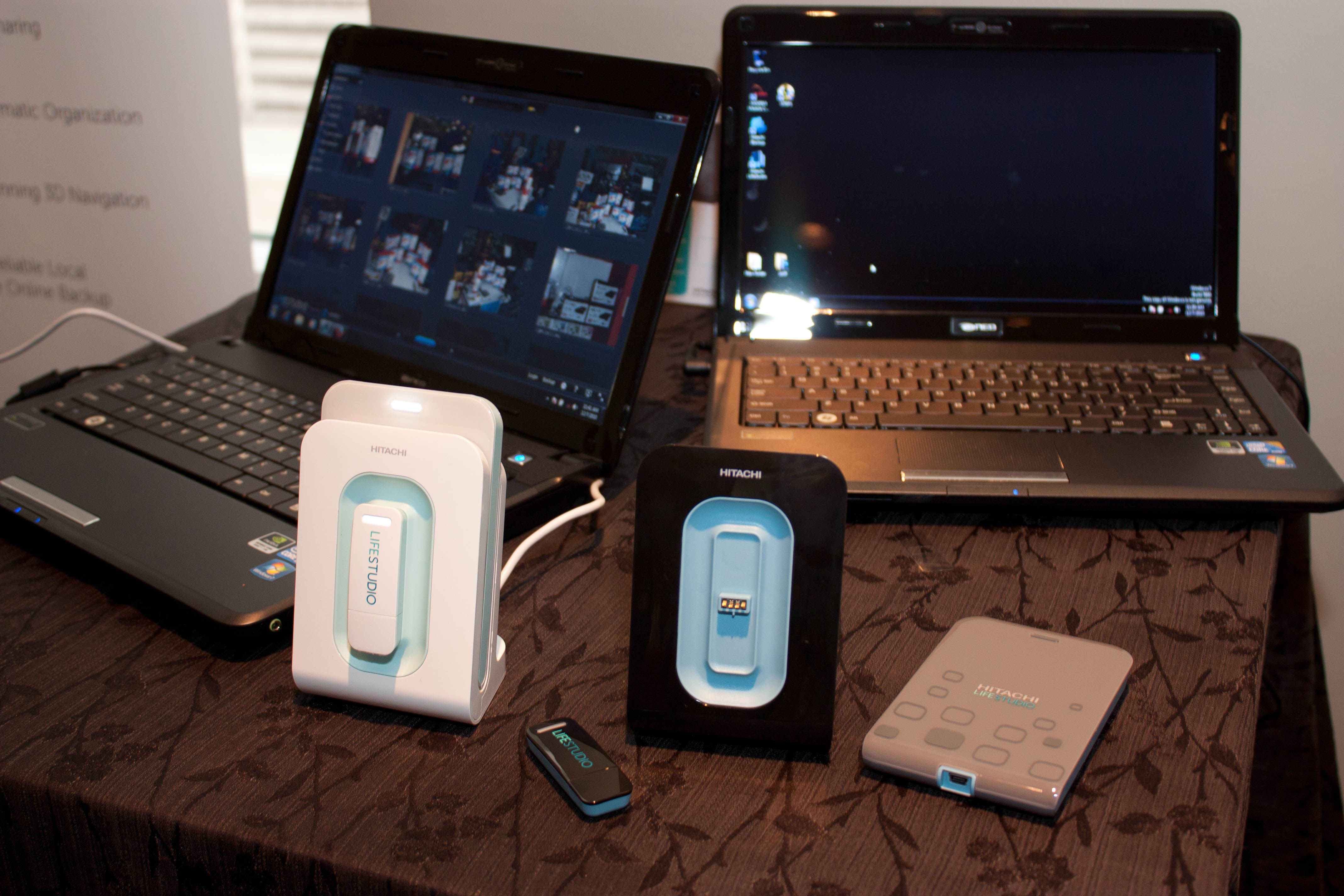- Scan External Hard Drive
- How To Scan External Hard Drive For Virus
- Best Way To Scan An External Hard Drive For Viruses
Viruses just need a small hole to creep into your computer. You cannot take computer bugs any lightly, because they may cause serious damage. Everyone knows how dangerous the computers buds are, but the more important thing is to understand how to get rid of them.
Not only the internal memory, these sneaky little viruses can also attack the external hard drives. And whenever we attach the external ones to the computer, the viruses spread everywhere.
The viruses damage your computer very slowly. Initially, they affect speed of the machine, followed by a few disrupted programs. Gradually, the virus makes life very problematic for the system and user. And eventually, the machine stops working one day or another.
If you are uncertain about the safety of an external storage device, you can force a scan of the drive and all of the files it contains. To do this, open up Windows Explorer and right click the. Question: Q: virus scanning external hard drive Sorry for the newbie question, but new to macs. I have an external hard drive, from my PC days that I would like to connect to my late 2013 iMac. CHKDSK also fixes misaligned time stamps, file size data, and security flags on files on the drive. CHKDSK can then conduct a complete scan of the drive, accessing and testing every sector of the hardware. Hard drives are divided into logical sectors, defined areas of the drive where a certain defined quantity of data will be stored. Formerly, it was a hard drive for another laptop, however the laptop experienced blue screen of death and eventually crashed. I turned of auto play and scanned the external hard drive using Kaspersky on my new system My Kaspersky tool neutralized log for the external hard drive shows about 4 neutralized.

It is always better to scan all your internal and external hard drives after every while. The antivirus software though puts pressure on the system, it is not as heavy as the virus. Cleaning your system regularly not only speedups your machine, but also extends its life. Scanning an external drive is not a tough thing to do.
- Iran Cracks Down On VPNS
- How to Take Screenshots on Your Computer
Instructions
Install reputable antivirus software
First of all, you need to install a reputable antivirus. There are plenty of programs available on the web. In order to get more secured one, buy a CD and register yourself with the manufacturer. Update it and get the latest version. Norton Antivirus and Nod32 are the most used programs in this category.- 2
Connect External Hard Drive
After getting a reputable program, connect your external Hard Drive through USB or any other port. The new Hard Drives support USB connection.
Wait for the system to recognise your hard drive. The system will automatically come up with a message, saying that a new drive has been found. - 3
Run Virus Scan
Open your antivirus program, and run a complete scan. It may take plenty of time. To save time, you can make this procedure more specific.
Open ‘My Computer’, where you will find the icon of the recently-attached hard drive. Right-click on the drive, select the option that says ‘Scan Hard Drive’. The latest versions do offer this option; however, if you don’t find it, run scan for your entire machine, which is time consuming though. - 4
Open Hard Drive after scanning
Don’t ever open the external Hard Drive before scanning, because the virus will automatically creep into the other hard drives. Once the scanning is done, you are free to use your external hard drives.
- Iran Cracks Down On VPNS
- 43 Shortcut Keys for Internet Browsers
- How to Add a Quick Restart Function to Firefox
- How to Add Google Dictionary Power to Chrome
In more recent years, one of the most common ways for a virus to spread itself has been through the autorun.inf file that resides on the root of your removable device such as a USB stick or hard drive. When you insert the device into a computer, the autorun file then executes the program it’s told to which in many cases can be malicious file, and then you have a problem on your hands.
Thankfully in Windows XP and above the Autorun.inf virus issue is now pretty much redundant as the inf file no longer gets executed by default in Windows when it’s inserted and so the malicious file cannot get launched. The problem with removable USB devices is they are so portable that the drive could have been plugged into several other computers before it comes back to you. And with that in mind, there’s always a chance that it could have been infected and other types of malicious files might have been transferred onto it along the way.
Several Antivirus packages these days will offer to scan USB devices when inserted, but sometimes this option is buried in the settings and not automatically enabled.
Some others don’t offer this function or only scan the Autorun.inf file to see if it has been infected and you would have to run a manual scan yourself which can easily be forgotten. Here we have a way to automatically scan the USB flash drive whenever it is inserted or plugged in to a Windows computer.
USBVirusScan is a small program that will launch any program you provide as a command line parameter each time a USB drive is inserted. As you might guess, the author uses it to start a full virus scan on the inserted USB drive, and named it as such. But the program can actually be used to launch any program, batch file or script you tell it to and isn’t limited to just running security software.USBVirusScan isn’t really a tool for beginners though because it doesn’t have graphical user interface (GUI). The configuration and launching is done from a batch file called Start.bat and the tool itself only has an About screen that looks like the image below which shows the command line options.
The only thing you need is an Antivirus package installed. If you don’t have one and don’t want to pay for one, have a look at our comprehensive list of free Antivirus software. Then you’ll need to find out the commands that need to be on the line that can perform a scan when you insert a USB drive. Once you have the command line, just edit the Start.bat file in the USBVirusScan folder.
The command line options can be a bit confusing for some users and finding the correct syntax and commands is not always easy because every antivirus software is different. So for your convenience we’ve provided a few command lines for some popular antivirus software. If you’re using a 64-bit Windows, you may need to change the Program Files entries to Program Files (x86) depending on which folder your Antivirus uses. The simplest way to check is to browse and see which folder the Antivirus is in and use the correct one in the batch file.
Place “Start USBVirusScan.exe” without the quotes at the beginning of Start.bat and add one of the commands to the line depending on the Antivirus software package you have. Then simply execute the bat file and the program will sit in the system tray waiting for a USB drive to be inserted. Memory usage is small occupying only 1MB on our Windows 7 64-bit test system, so can easily sit in the background all the time if you come into contact with lots of USB flash drives.
On the next page we’ll show you the command line options required for USBVirusScan in 15 popular antivirus and internet security packages.
12 Next › View All
Next › View All You might also like:
3 Free Online AntiVirus Scanners to Scan for Malware from Web Browser5 Free Software to Scan your Computer with Multiple Antivirus EnginesManually Update AntiVirus Virus Definition Signatures Without Internet5 Solutions for Kaspersky Installation Ended Prematurely Because of an ErrorUnable to Remotely Control or Configure Kaspersky using Remote Access SoftwareC:Program FilesMicrosoft Security ClientMpCmdRun.exe” -Scan -ScanType 3 -File %%c:
if i insert a usb drive can be letter d e f g h … ?
how you can understand the letter to must use ?
and why you use %% ?
%%c:
ReplyGreat program idea, but I have to ask, why is it that Antivirus suites don’t do this automatically. It just seems like common senses, you shouldn’t have to use another program and then program it to use your antivirus. This is beyond stupid in my thinking about how antivirus utilities work, they should be protecting flash drives automatically.
ReplyScan External Hard Drive
Its good to find the virus scan in pc system
Thank u
praveenkumar
will this auto scan utility work with Bitdefender free edition? if so, how should do that? please send me the procedure..
ReplyHow To Scan External Hard Drive For Virus
is it possible to revert back after changes made (automatic scan)? can you show how.
ReplyBest Way To Scan An External Hard Drive For Viruses

How to do this usb auto scan for comodo internet security premium 2013?
ReplyAlthough Comodo do have what is believed to be a command line scanner called Cavscan.exe in the Comodo folder, it seems they haven’t bothered to tell anyone how to use it.
The output from Cavscan is always blank whatever arguments you put into it. Comodo’s forums have loads of people asking how to utilize this tool, no-one ever seems to come back with useful answers.
ReplyVery useful program, indeed.
As I use Norton AV, one problem is that the path of NAVW32.exe changes when updated automatically.
So I wrote following bat file which finds the path and kick USBVirusScan.
Content of USBChkStart.bat :
—————– snip ——————
setlocal
reg query “HKLMsoftwaremicrosoftwindowscurrentversionapp pathsnavw32.exe” | find “:” >–AA–.txt
for /f “tokens=3,4,5,6” %%p in (–AA–.txt) do set nortonpath=%%p %%q %%r %%s
start /b USBVirusScan.exe %nortonpath% %%c: /S+ /B+
endlocal
——————snip ——————
Another bat file (USBChkStop.bat) to stop is:
usbvirusscan -q
Place them anywhere you want (desktop for example). Works great.
Tak
Thanks mate appreciate a lot
ReplyThanks raymond
ReplyNeat program.. Thanks for the info raymond, I’m gonna introduce this program to all my mates :)
Reply